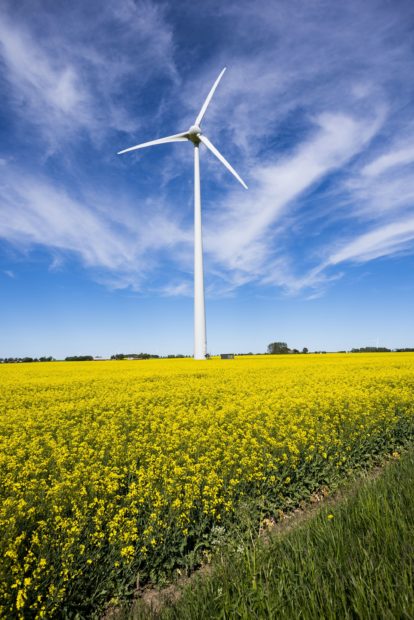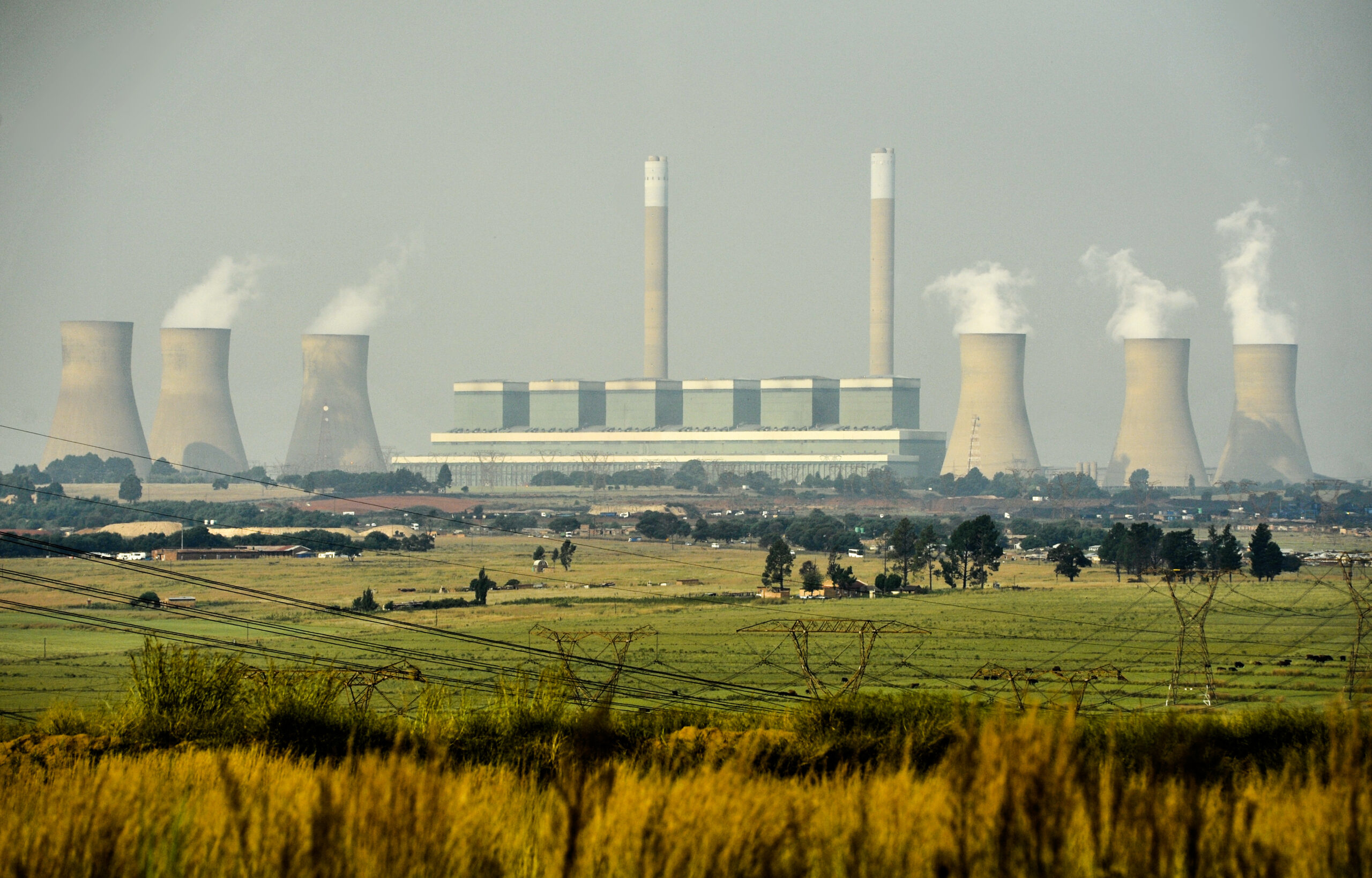Renewable energy funds: How they are being utilised in South Africa
Renewable energy funds are a vital tool for helping the country move away from fossil fuels. The country signed a political declaration committing to a just transition away from coal at the COP26 climate conference in November 2021. The declaration is a pledge that South Africa will accelerate the retirement of coal power and the deployment of renewables.
At the same time, South Africa entered into a Just Energy Transition Partnership with the European Union, France, Germany, the United Kingdom and the United States. This partnership is the vehicle for South Africa to receive USD $8.5 billion in renewable energy funds. The South African government described this way of supporting decarbonisation as “a possible model for ending reliance on coal”.
As well as funding from international governments, South Africa is seeking renewable energy funds from private investors. It has created a USD $500 million investment plan to encourage private finance for clean technology.
The purpose of renewable energy funds
The free market frequently fails at encouraging countries or businesses to decarbonise. The price of energy generated by fossil fuels usually does not reflect the heavy external costs, such as contributing to the greenhouse effect or the health problems caused by pollution.
An International Institute for Sustainable Development (IISD) report estimates that the social costs of South Africa’s fossil fuel industry could be five times higher than revenues from the sector. The IISD estimates that the annual net cost to South African society is around R500 billion. This failure to reflect the true costs amounts to a hidden subsidy for fossil fuels. On top of this, the South African government subsidises fossil fuels too. Between the financial years 2017-2020, energy subsidies more than tripled, and most of the money went to fossil fuels.
Subsidies – both hidden and openly allocated – provide a powerful incentive to stick with the status quo. Therefore, they are a serious risk to South Africa’s clean energy transition. But, if the money allocated to supporting the oil and gas industry instead supported the renewable energy sector, the opposite would be true.
The Africa Renewable Energy Fund

Photo credit: James Wiseman
Access to power has long been a critical problem for Africa. The most cost-effective way to help with the problem is through renewable energy funds. A 2022 report from the International Energy Agency states that bringing clean energy to all Africans calls for an investment of USD $25 billion per year. The report points out that this sum is equivalent to the cost of building just one liquefied gas terminal.
Investors realise that renewables deliver more value for money than fossil fuels. This is why bodies like the Africa Renewable Energy Fund exist. The Africa Renewable Energy Fund is an initiative of British International Investment, the UK government’s development bank. However, the fund is not available to South Africa. The focus of the Africa Renewable Energy Fund is on targeting poorer countries in sub-Saharan Africa where two-thirds of the population are without access to electricity. The purpose of improving access to power is to help tackle poverty and grow these countries’ economies.
South Africa has different challenges. It has the second-largest economy within the continent, and over 84 per cent of the population has access to electricity. But, it is also well above the world average for carbon emissions per person. The task at hand is to decarbonise the energy sector without reversing the country’s economic growth or disadvantaging the people who depend on fossil fuels for their livelihoods.
Supporting energy efficiency and bridging the cost gap
Transitioning to a greener energy system inevitably incurs costs, even when the new system will be cheaper in the long run. A 2022 study from Stanford University analysed the likely costs of transitioning 145 countries and concluded that the cost of decarbonising all their energy systems would be USD $61.5 trillion (roughly R1,079 trillion). The study also showed that future energy savings would cover these costs within 5.5 years. But, to build new infrastructure and repurpose existing infrastructure, countries need capital investment. They also need it to safely decommission sites and equipment that cannot be used. Renewable energy funds can bridge this cost gap.
In South Africa, one of the priorities for the Just Energy Transition Partnership is strengthening the transmission network to carry all the power coming online from renewable sources. Problems with the transmission grid are not new, and Eskom has already spent billions of rand on improving the infrastructure. Using renewable energy funds to pay for this vital work will help South Africa get the full benefit of new generation capacity.
Energy efficiency is important too. As the old saying goes, the cheapest and greenest energy is the energy you do not use. Reducing overall demand through energy efficiency measures takes pressure off the system without requiring drastic changes in how we live or work.
Renewable energy funds assist with responsible decommissioning
Another priority for the Just Energy Transition Partnership is decommissioning the country’s coal mines responsibly. This includes repairing the ecological damage caused by mining activity. If this is not done, there can be a serious negative impact on the surrounding air, water and farmland. Erosion of exposed soils and mineral ores can cause sediment to reach the water system. This means that long after the mine ceases to be useful, it still causes water pollution.
Mine rehabilitation attempts to minimise the damaging impact of mining on the landscape and restore ecosystems. This requires a complex set of measures. A rehabilitation project could involve earthworks, topsoil replacement and decommissioning on-site fuel stations. Preventing Acid Mine Drainage (AMD) is one of the most important tasks but also one of the most difficult. It takes a long time to ensure that engineers have sealed the mine correctly because everything operates on geological timescales. Even 10 years later, subsidence or a change in water flow could cause AMD to leach through.
The extent of this work makes it extremely costly. For context, Australia is looking at AUD $17.8 billion (nearly R210 billion) as a “barest minimum” figure for even starting to clean up its mines. But, the human cost of not doing so is even greater, including unsafe water and life-threatening safety issues.
Renewable energy funds will go towards rehabilitating old coal mines, but the need for this work is caused directly by fossil fuel extraction.
Supporting a just transition to renewable energy

Photo credit: Robert Gramner
The concept of a just transition is key to South Africa’s strategy for moving away from coal. This means that vulnerable people and communities should not be disadvantaged by the shift away from fossil fuels. In 2020, President Cyril Ramaphosa established the Presidential Climate Commission to “oversee and facilitate a just and equitable transition towards a low-emissions and climate-resilient economy”. In July 2022, the commission published the Just Transition Framework, recommending how this should happen in practice.
One of the priorities of the just transition is to minimise unemployment among people working in the coal sector. In 2020, South Africa employed more than 90,000 people in coal mines alone. This is in addition to people employed in other industries, such as coal processing and transport.
The Just Transition Framework suggests that the transition away from fossil fuels is an opportunity to create more jobs of a higher quality. It describes the old fossil-fuel-dependent system as a “minerals-energy complex” (MEC). The MEC is an extractive and inefficient system where key resources are concentrated in just a few hands. To replace the MEC, it puts forward the green decent work agenda (GDWA). This involves creating “sustainable livelihoods”: jobs that help to reduce our impact on the planet and/or adapt to climate change.
Investing in the future of the renewable energy sector
This ties in with another key use of renewable energy funds: investment in the future. The task immediately at hand is to cut emissions as soon as possible, given that South Africa has pledged that its emissions will peak at or below 510 million tonnes and fall from 2025 onwards. The need for swift action means using tried-and-tested technology plus energy efficiency measures. But, it is also important to support the future development of the renewable energy sector. Some technologies are already working on a small scale but need support to scale up. Others are still in the research and development stage. Private investors are not always willing to take a chance on emerging technology and processes, but renewable energy funds can fill that gap.
At the same time, renewable energy funds can support new types of livelihood, as described in the GWDA. The Just Transition Framework suggests that the renewable energy sector could offer “job guarantees”: publicly funded employment schemes that act as a safety net for workers who risk losing their jobs in the green energy transition. Investing in the future almost certainly means new models of working as well as new technologies.
Renewable energy funds can help to ensure our energy security, meet our climate commitments and create better jobs. They have huge potential to shape South Africa’s future, so the money must be spent wisely.
Related Articles
The bad reason South Africa is making good on emissions targets
If current carbon emission trends continue, South Africa might actually be on track to meet its 2030 emissions targets under the Paris Agreement. This is according to research done by the Department of Forestry, Fisheries and the Environment (DFFE). And the reason for this? Mostly load shedding. The data was revealed in the DFFE’s 2023 […]
Eskom: Green energy saves water
Generating electricity from fossil fuels has a hidden cost: South Africa’s already scarce supply of fresh water.




